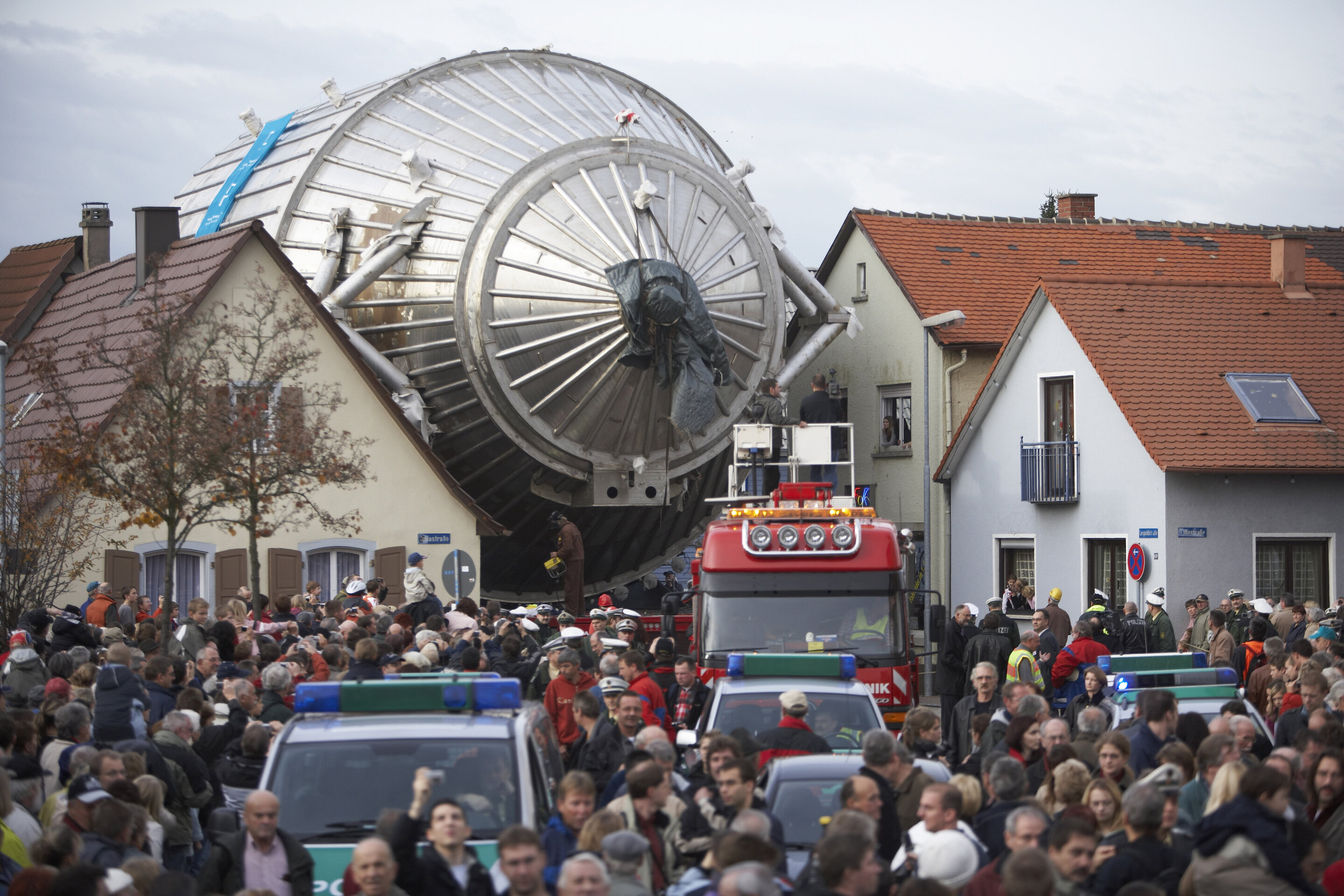Thanks BenLurkin. Sounds like an even newer-trino!
· String Theory Ping List ·

· Join · Bookmark · Topics · Google ·
· View or Post in 'blog · post a topic · subscribe ·
Posted on 09/16/2019 6:17:50 PM PDT by BenLurkin
The KATRIN discovery stems from direct, high-precision measurements of how a rare type of electron-neutrino pair share energy. This approach is the same as neutrino mass experiments from the 1990s and early 2000s...both of which set the previous upper limit of the mass at 2 eV. The heart of the KATRIN experiment is the source that generates electron-neutrino pairs: gaseous tritium, a highly radioactive isotope of hydrogen. As the tritium nucleus undergoes radioactive decay, it emits a pair of particles: one electron and one neutrino, both sharing 18,560 eV of energy.
KATRIN scientists cannot directly measure the neutrinos, but they can measure electrons, and try to calculate neutrino properties based on electron properties.
Most of the electron-neutrino pairs emitted by the tritium share their energy load equally. But in rare cases, the electron takes nearly all the energy—leaving only a tiny amount for the neutrino. Those rare pairs are what KATRIN scientists are after because—thanks to E = mc2—scientists know that the miniscule amount of energy left for the neutrino must include its rest mass. If KATRIN can accurately measure the electron's energy, they can calculate the neutrino's energy and therefore its mass.
The tritium source generates about 25 billion electron-neutrino pairs each second, only a fraction of which are pairs where the electron takes nearly all the decay energy. The KATRIN facility in Karlsruhe uses a complex series of magnets to channel the electron away from the tritium source and toward an electrostatic spectrometer, which measures the energy of the electrons with high precision. An electric potential within the spectrometer creates an "energy gradient" that electrons must "climb" in order to pass through the spectrometer for detection. Adjusting the electric potential allows scientists to study the rare, high-energy electrons, which carry information concerning the neutrino mass.
(Excerpt) Read more at phys.org ...
Hopefully not another duplicate
Gotta admit I’m impressed.
Good work! Still more to do.
What is up with these ‘micro’ particles? We don’t know.
About dang time!
>>Hopefully not another duplicate<<
Next time uncouple the Heisenberg couplers. You know being a quantum mechanic is hard work.
Wasn’t “The Elusive Neutrino” daffy Duck’s secret super-hero identity?
Thanks BenLurkin. Sounds like an even newer-trino!

“You know being a quantum mechanic is hard work.”
And that’s not even considering the barked knuckles!
Nice arrangement and approach to solving an elusive, hard problem, or more accurately, estimating a physical parameter more precisely.
Quantifying neutrino mass more precisely will lead to other adjustments in stellar masses and energies? I would think so.
The following article says recent observations and calculations indicate neutrino masses are even smaller:
https://phys.org/news/2019-09-major-neutrino-properties.html
I wonder if the incredibly small masses can be considered to be part of the “fine tuning” problem.

No, that was Duck Dodgers in the 24th &1/2 century.
CC
Not to denigrate their fine work even the slightest bit, but haven’t women been routinely halving “mass estimates” often?

Do quantum mechanics prefer SnapOn, SK, or MAC?
"If you filled the solar system with lead out to fifty times beyond the orbit of Pluto, about half of the neutrinos emitted by the sun would still leave the solar system without interacting with that lead," said Robertson.
⁰(ʘ_ʘ)⁰
Neutrinos are a TRIP.
“Not to denigrate their fine work even the slightest bit, but haven’t women been routinely halving “mass estimates” often?”
It could simply be that neutrinos simply cut way back on their carb consumption.
Since this chart was published it has been amended due to the discovery of unobtainium.
Disclaimer: Opinions posted on Free Republic are those of the individual posters and do not necessarily represent the opinion of Free Republic or its management. All materials posted herein are protected by copyright law and the exemption for fair use of copyrighted works.